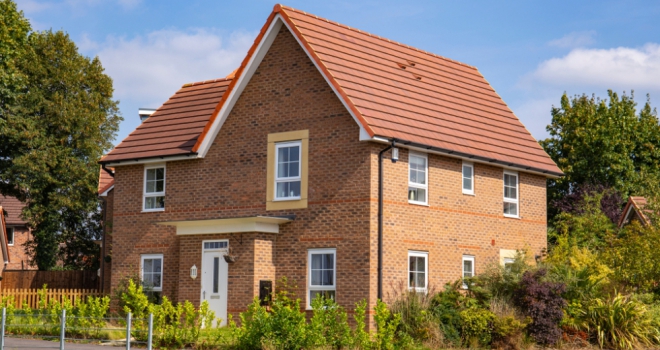
"After years of supply failing to meet demand, it’s heartening that new dwellings are finally exceeding population growth in most areas of England"
- Mitchell Fasanya - Searchland
Development site sourcing specialists, Searchland compared population growth between 2020 and 2021 with the number of new dwellings completed in the 2021-22 financial year to see how they matched up. The analysis took into account the average household size in each region, as areas with more HMOs and large families are expected to house more people per property.
Across England as a whole the population fell by -60,000 between 2020 and 2021, while in 2021-22 there were 171,000 new dwellings completed.
With the average household size standing at 2.41, the new dwelling capacity in England totals 473,000.
More capacity in London
London has the most new dwelling capacity, at 248,000, as over 200,000 residents left the capital between 2020 and 2021, compared to 18,000 new dwellings created in 2021-22.
However this population reduction occurred during the pandemic, when more people left the city in search of more green space, so it may have rebounded since.
Thanks to the plethora of HMOs the capital has an average household size of 2.57, exceeding every other region.
Where supply and demand issues eased
After the capital, there were three regions where the population dropped year-on-year.
The first is Yorkshire and the Humber, as the population fell by -46,000 and 13,000 new dwellings were created. Then comes the West Midlands, where the population fell by -11,000, but new dwellings swelled by 17,000.
Finally, in the North West, there was a reduction of nearly -34,000 people, against the creation of 8,000 dwellings.
This means the new dwelling capacity is 77,000 in Yorkshire and the Humber, 54,000 in the West Midlands, and 42,000 in the North East - good news for incoming residents.
East of England - where supply and demand worsened
In the East of England new dwellings are failing to keep up with population growth, the only region where this is the case. Historic areas in the East, like Cambridge, have served as a major draw for incoming residents in recent years.
Yearly population growth of 50,870 compared to 21,110 new dwellings created, meaning the levels of stock to house the population fell by a worrying -14,000.
New supply: winners and losers
The South East welcomed the most new dwellings, at 31,000, followed by the North West and East of England, at 23,000 and 22,000.
Meanwhile, the least supply was created in the North West, at around 8,000, while it was also lacklustre in Yorkshire and the Humber, at just over 13,000.
Co-founder and CEO of Searchland, Mitchell Fasanya, commented: “After years of supply failing to meet demand it’s heartening that new dwellings are finally exceeding population growth in most areas of England.
“However this is due to population falls in four regions, while it’s likely populations continued to grow after the data was collected in 2021.
“It’s therefore vital for a steady stream of supply to be created, even in these more challenging economic times for developers.
“The East of England particularly needs new housing, where growing economic activity will be curtailed if there’s a lack of new dwellings to cater for the incoming workforce.”





